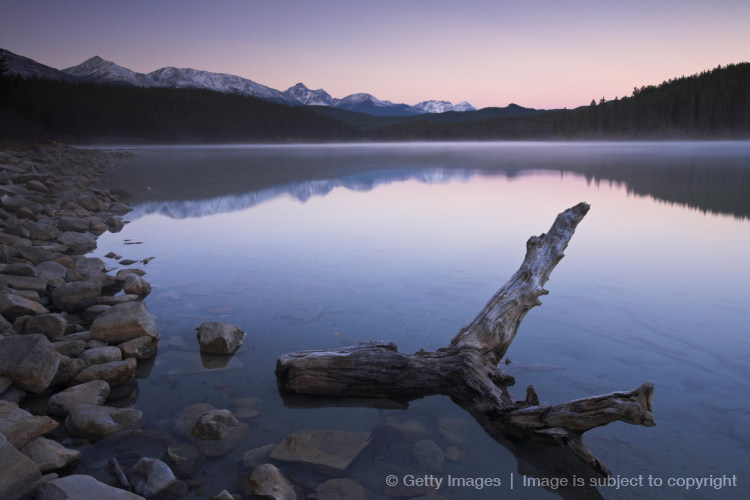When drilling company Range Resources offered the Hallowich family a $750,000 settlement to relocate from their fracking-polluted home in Washington County, Pennsylvania, it came with a common restriction. Chris and Stephanie Hallowich would be forbidden from ever speaking about fracking or the Marcellus Shale.
But one element of the gag order was all new. The Hallowichs’ two young children, ages 7 and 10, would be subject to the same restrictions, banned from speaking about their family’s experience for the rest of their lives.

 Environmental Glance
Environmental Glance A Canadian oil company still hasn’t been able to stop a series leaks from underground wells at a tar sands operation in Cold Lake, Alberta. The first leak was reported on May 20, with three others following in the weeks after — making it at least 10 weeks that oil has been flowing unabated.
A Canadian oil company still hasn’t been able to stop a series leaks from underground wells at a tar sands operation in Cold Lake, Alberta. The first leak was reported on May 20, with three others following in the weeks after — making it at least 10 weeks that oil has been flowing unabated. More than 1,700 American cities and towns – including Boston, New York, and Miami – are at greater risk from rising sea levels than previously feared, a new study has found.
More than 1,700 American cities and towns – including Boston, New York, and Miami – are at greater risk from rising sea levels than previously feared, a new study has found. A new study of 100 private water wells in and near the Barnett Shale showed elevated levels of potential contaminants such as arsenic and selenium closest to natural gas extraction sites, according to a team of researchers that was led by UT Arlington associate professor of chemistry and biochemistry Kevin Schug.
A new study of 100 private water wells in and near the Barnett Shale showed elevated levels of potential contaminants such as arsenic and selenium closest to natural gas extraction sites, according to a team of researchers that was led by UT Arlington associate professor of chemistry and biochemistry Kevin Schug. A former president of the Colorado Medical Society calls the current hydraulic fracturing boom in the state’s oil and gas industry an “experiment in motion” for the public at large.
A former president of the Colorado Medical Society calls the current hydraulic fracturing boom in the state’s oil and gas industry an “experiment in motion” for the public at large.






























